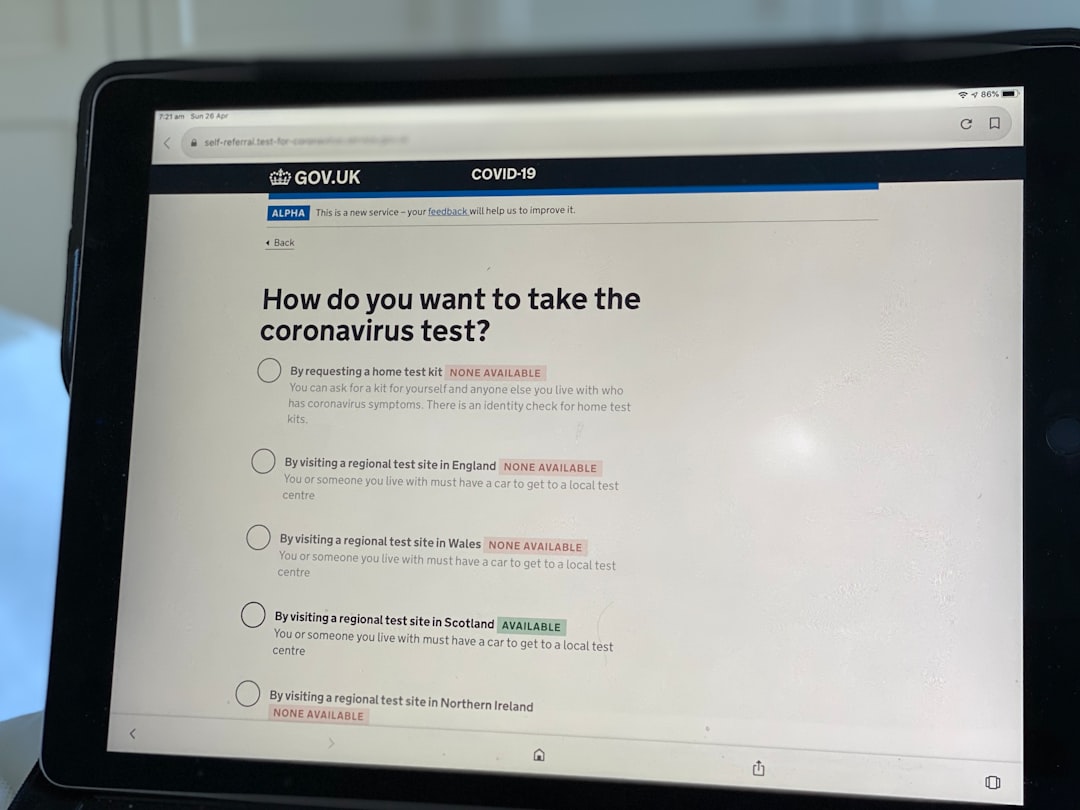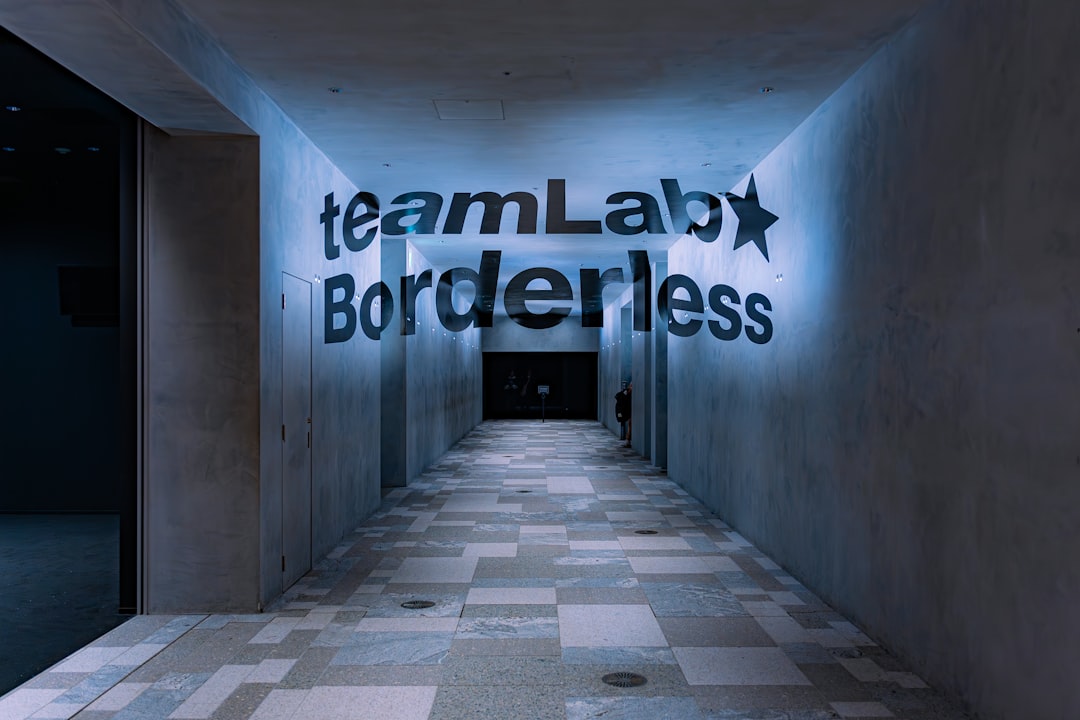In the fast-paced world of brand design, logo creation is a uniquely collaborative effort. Between marketing teams, graphic designers, executives, and even legal departments, every stakeholder has a voice. As such, the process — from ideation to final approval — hinges on efficient communication, clear workflows, and strict version control. This article digs into the details of managing logo collaboration with an emphasis on comments, approvals, and version locks to ensure design integrity and streamlined development.
TLDR:
Effective logo collaboration requires cross-functional input, secure version management, and a well-defined approval process. Comments must be centralized and accessible, while version control ensures that good ideas aren’t lost and mistakes aren’t replicated. Using tools that enable version locks prevents accidental overwrites, safeguarding team productivity. Ultimately, success in logo collaboration comes from balancing creativity with control.
The Importance of Organized Collaboration
Logo design isn’t a solo act—it’s a full-service team sport that combines design aesthetics, brand vision, and stakeholder alignment. When collaboration is uncoordinated, miscommunication can stall projects or result in subpar outputs. That’s why it’s essential to implement structured practices around feedback, approvals, and version management.
Challenges in Logo Collaboration
- Scattered feedback: Stakeholders often give input via emails, instant messages, or in meetings—which makes it hard to track and act upon.
- Version confusion: Without proper naming conventions or version locks, stakeholders may comment on outdated versions.
- Overlapping edits: When multiple people work on a logo simultaneously, it’s easy to lose changes or duplicate efforts.
- Lack of accountability: Without a clear approval path, it’s difficult to determine who has signed off on what.
Centralizing Feedback Through Comments
In the digital collaboration era, platforms like Figma, Adobe XD, and others have created environments where in-context comments provide clarity and eliminate guesswork. Team members can attach remarks directly to elements of the design, ensuring their feedback is relevant and precise.
Here are some best practices for managing feedback:
- Use one platform for all design feedback to ensure comments are centralized and easy to reference.
- Be specific and constructive in your comments; vague inputs like “make it pop” can be misinterpreted.
- Resolve comments as they are addressed to avoid clutter and keep track of progress.
- Tag contributors for specific responses or clarifications, improving accountability.
Design-driven companies know that poorly managed feedback loops are a surefire way to delay launch timelines and compromise design quality.

Establishing a Clear Approval Workflow
Approvals are more than a green light—they’re legal and organizational validations. A logo isn’t just a graphic; it’s a branding asset that will be associated with all public-facing material. Thus, getting it approved by the right people is non-negotiable.
To avoid delays and confusion, logo design teams should implement a tiered approval structure:
- Creative approval: The design team signs off on visual direction and technical quality.
- Marketing approval: Ensures alignment with the brand voice and messaging strategy.
- Executive or leadership sign-off: Confirms that the logo embodies company values and future vision.
- Legal review: Validates trademark clearance and prevents potential conflicts.
Documenting all decisions made through the approval chain protects teams from having to revisit already decided aspects later in the project. This not only speeds up work but reinforces stakeholder confidence.
Leveraging Version Control and Locks
One of the most disruptive issues in logo collaboration is poor versioning. It leads to accidental overwrites, loss of creative ideas, and the endless back-and-forth of “Which version is the latest one?” Without a robust system in place, projects can drift back into what’s known as version chaos.
That’s where version locks come into play. In design platforms that support locking, users can freeze files while certain modifications are being made. This prevents multiple users from making conflicting changes at the same time.
Key concepts to understand in version control:
- Version naming: Use consistent and understandable titles like logo_v3_feedback_applied.fig
- Snapshots: Use file history or snapshots to revert to earlier versions if needed.
- Locks: Apply file locks to prevent others from making changes without coordination.
- Change log tracking: Maintain updates and rationale behind each version change.
Without these features, it’s easy to cycle endlessly through revisions, risking burnout and design dilution.

Key Roles in Logo Collaboration
Not everyone involved in logo collaboration will be a designer, yet everyone’s input is critical. Here’s a breakdown of typical roles and their contributions to the logo process:
- Graphic Designers: Responsible for executing creative concepts and incorporating feedback.
- Marketing Managers: Ensure that the logo aligns with audience expectations and branding guidelines.
- Product Managers: Verify that logos work well across platforms and in app ecosystems.
- Executives: Validate the logo’s alignment with corporate strategy and vision.
- Legal Advisors: Check for trademark conflicts and initiate the protection process if needed.
Understanding the role—and authority—of each contributor helps to streamline collaboration and prevent unnecessary delays.
Integrating Tools for Efficient Workflows
Seamless collaboration requires more than solid practices—it needs the right tools. Design and project management platforms have evolved to accommodate decentralized, multi-stakeholder environments. Many of these tools incorporate end-to-end support for commenting, versioning, and approval workflows.
Recommended tools include:
- Figma: Offers real-time collaboration with locking and branching features.
- Adobe Creative Cloud: Integrates cloud-saving and version control but often requires external feedback tools.
- InVision: Useful for prototyping and gathering stakeholder comments.
- Asana / Trello: For managing timelines and approval tasks alongside the design process.
Choosing the right mix of these tools depends on the size of your team, your company’s design maturity, and the complexity of the brand strategy.
Conclusion: Creativity Meets Control
Logo collaboration sits at the intersection of creativity and structure. Without tools for managing feedback, approvals, and version history, the process becomes fragmented, inefficient, and prone to conflict. But with the right setup—integrated platforms, version locks, and a defined approval chain—teams can focus on innovation and quality, rather than coordination.
Ultimately, the quality of a logo design depends not just on talent and creativity, but on how well the team works together. With a firm grip on communication, accountability, and version integrity, logo collaboration can fuel a brand’s success rather than hinder its progress.


